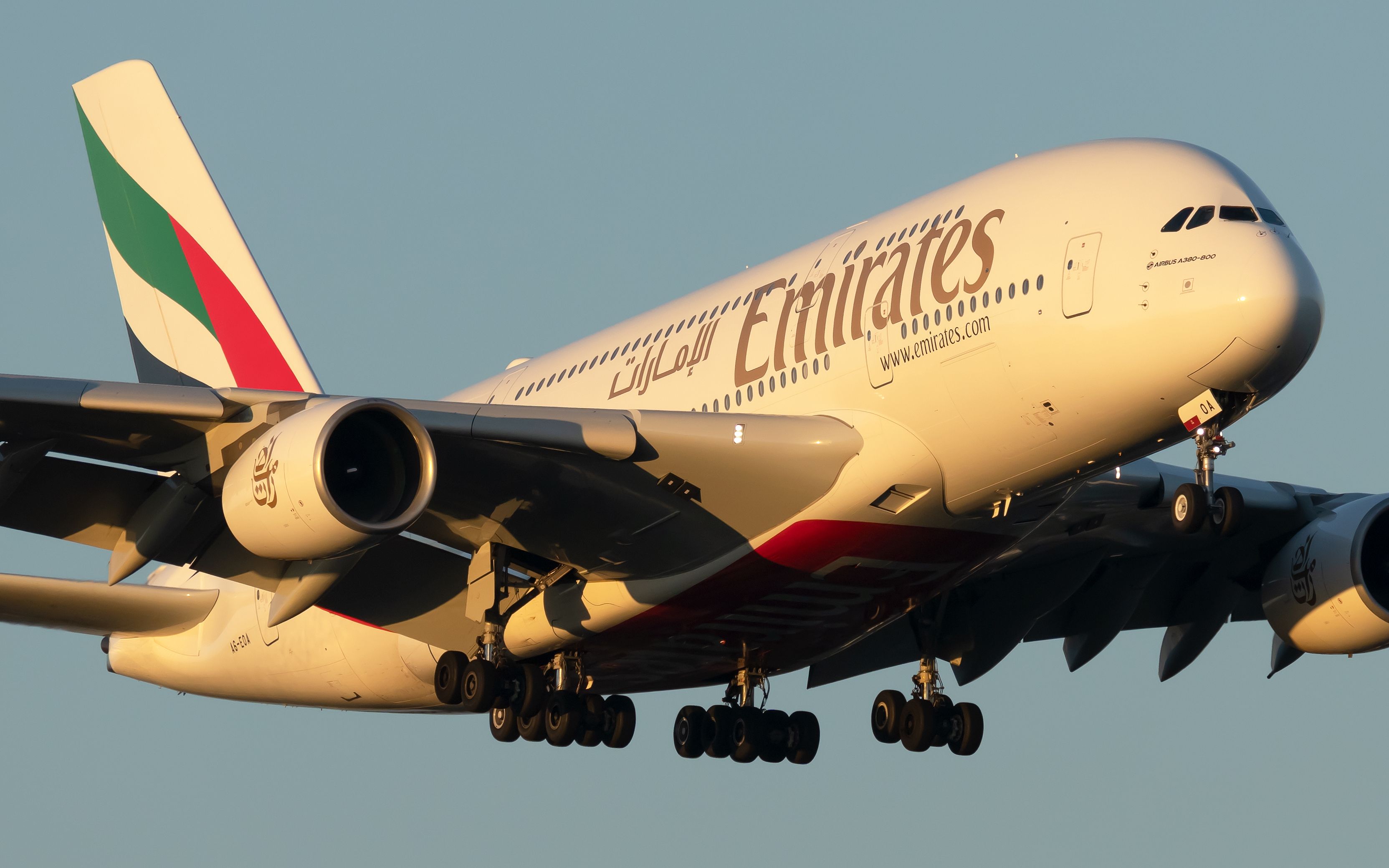Airbus A380: Engineering the Skies' Giant
A deep dive into the technology and innovation behind the Airbus A380, the largest passenger aircraft ever built.

When the Airbus A380 soared into the skies back in 2005, it was more than just another new plane—it was a show of defiance. At the time, it was the largest passenger aircraft ever constructed, and that giant leap in ambition was matched only by its engineering and sheer physical scale. But beyond its record-breaking size, the A380 is packed with state-of-the-art technology that continues to impress twenty years on.
Let’s take a peek under the bonnet of this flying beast and discover what makes the A380 such a marvel of modern aviation.
Size Isn’t Everything—But It Helps
The numbers are staggering. With a length of nearly 73 metres and a wingspan just under 80 metres, the A380 dwarfs nearly every aircraft that came before it. It can accommodate over 850 passengers in an all-economy configuration, although most airlines opted for around 500–600 in multi-class layouts—often featuring onboard bars, lounges, or even showers.
But building something that massive to not only fly but operate economically is no small feat. Airbus engineers had to overcome monumental challenges—not just in terms of aerodynamics, but also weight, fuel efficiency, safety, and airport compatibility.
Fly-by-Wire: The Digital Backbone
At the heart of the A380’s operation lies its advanced fly-by-wire system—technology first introduced on the Airbus A320 but scaled up for the superjumbo. Rather than using mechanical linkages between the pilot’s controls and the flight surfaces, everything is transmitted electronically. Computers interpret pilot inputs, cross-reference sensor data, and adjust the aircraft’s behaviour accordingly.
This enables features such as flight envelope protection (which helps prevent stalls or structural overstress) and allows the A380 to be surprisingly intuitive to fly. Remarkably, despite its enormous size, the aircraft handles with the precision of a much smaller jetliner.
Materials Science at Altitude
One of the A380’s most significant innovations lies in its use of advanced materials. Around 25% of the aircraft is made from composites and GLARE (glass fibre-reinforced aluminium), which offer both corrosion resistance and high strength-to-weight ratios. Traditional aluminium is still used extensively, but Airbus replaced it where better alternatives were available.
Even the cabin interiors were designed with lightweight materials to help reduce the aircraft’s empty weight, balancing the need for fuel efficiency with the demands of high-capacity, long-haul travel.
A Wing Unlike Any Other
The A380’s wing design is a feat of aeronautical engineering. Each wing is approximately 36 metres long and designed to carry not only the aircraft’s massive weight but also enough fuel for flights of up to 8,000 nautical miles. Its distinctive “droop-nose” leading edge and highly efficient winglets reduce drag and increase lift.
Interestingly, the wing was originally intended to support larger, stretched variants of the A380 that were never produced—yet the result is an exceptionally efficient wing for its class.
Four Engines, Quietly Impressive
The A380 is powered by four Rolls-Royce Trent 900 or Engine Alliance GP7200 engines. In an age dominated by fuel-efficient twinjets, four engines might seem old-fashioned—but these engines were designed for power, reliability, and surprisingly low noise.
In fact, the A380 remains one of the quietest long-haul aircraft in the skies, thanks to its nacelle design, advanced fan blade technology, and acoustic dampening features integrated throughout the airframe.
The End of an Era—Or Just Ahead of Its Time?
Airbus officially ended A380 production in 2021. In an era of high fuel prices and flexible, point-to-point travel, the superjumbo didn’t quite fit modern airline economics. Yet, with post-pandemic passenger demand surging, many airlines have brought their A380s out of storage—proving there’s still life in the old giant.
For aviation enthusiasts, the A380 remains a symbol of what can happen when engineers push the limits of possibility. And for the lucky travellers who’ve flown on it, it’s an experience that still feels extraordinary.
